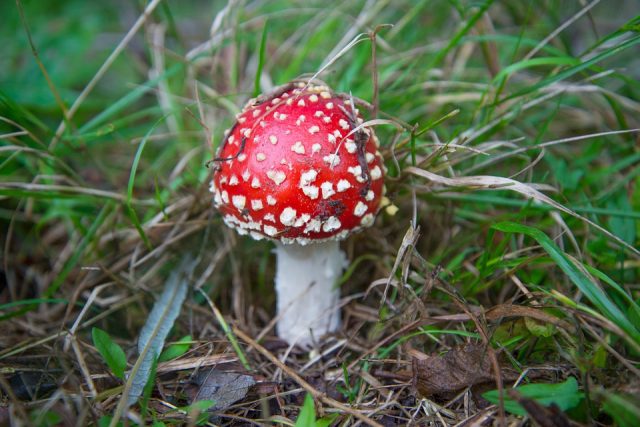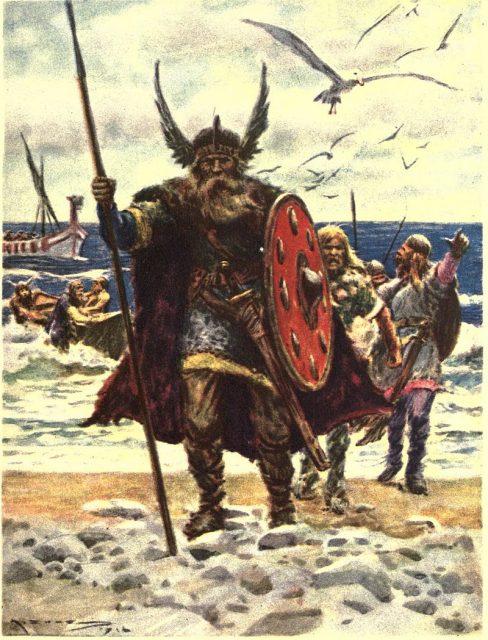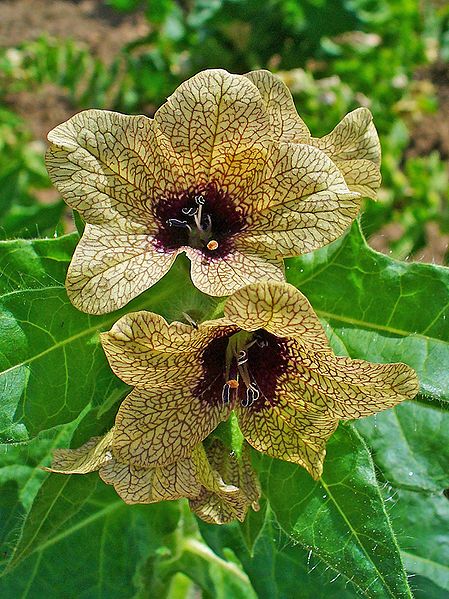The berserkers were the wildest of the Vikings. We usually look at the Vikings and their era as a time when strong, healthy men fought and won new lands and conquered many people. If we imagine them imbibing anything, it’s probably good, old fashioned milk, or perhaps mead or some other harmless liquid.
But one segment of the Viking population was anything but pure and noble, it seems — the berserkers, as they were dubbed. As the name implies, these men became famous for their unbridled aggression during battles. They were gripped, lore said, by a kind of frenzy that made them fierce and indiscriminate warriors who would tear apart almost anyone they encountered, oftentimes running into battle in nothing but their birthday suits.
They acquired their name thanks to a 9th century Icelandic poet, Snorri Sturluson, who imagined these men were as “mad as dogs or wolves,” and “strong as wild oxen.” Some of their reputation may be myth, some may be fact, but until recently most scientists believed they behaved as they did because of a certain mushroom they ate.

Those mushrooms, apparently, contained an almost toxic element that caused the berserkers to go, well, berserk. The mushroom, formally called an Amanita Muscaria, oftentimes called the Fly Agaric, is the classic red mushroom with white spots, and it is capable of inducing hallucinations, delirium, and a host of other nasty symptoms displayed by the Scandinavian warriors. It certainly looks capable of doing weird things to a man’s mind; it rather appears to belong in one of the books by Lewis Carroll, author of Alice In Wonderland.
Other experts argue that the berserkers were really just men afflicted with Epilepsy, or mental health issues of some sort that caused them to behave erratically and violently. After all, that many centuries ago, complicated physical and emotional problems were not well understood by scientists or medical doctors of any kind.

by Arthur C. Michael (1919)
But some experts believe something else entirely, including Karsten Fatur, an ethno-botanist at the University of Ljubljana, in Slovenia. A more solid hypothesis, he suggested recently, is that the berserkers ingested henbane, which has been found in nature almost as long as man himself as roamed the earth. He believes that this innocuous looking flower could well be responsible for the outrageous behaviour the berserkers demonstrated.

In a conversation with arstechnica.com, a website dedicated to exploring science and nature issues, Fatur said that when one looks at the characteristic symptoms of henbane ingestion, compared to the mushroom, the former is far more likely to have caused the behavior the berserkers displayed.
Fatur said, “This anger effect can range from agitation to full blown rage and combativeness, depending on the dosage and the individual’s mental (state). As this is perhaps the most defining component of the berserker state, this symptom is of central importance in identifying the potential causes, and provides a very critical reason why (henbane) is a more important theoretical intoxicant than the (mushroom).” He also noted that henbane grew commonly in Scandinavia at the time the berserkers were being written about in tales of Viking warriors.
https://youtu.be/TchiY6MSjm8
Whether it was the henbane or the mushrooms, the salient factor seems to be that it was something the men ingested that made them almost psychotic. They thrashed about indiscriminately, respecting no boundaries, and were plagued by visions, seizures and hallucinations.
Related Article: Five of the Greatest Viking Champions
The story of the berserkers, and how a lack of understanding of the natural world around them harmed them and many others, serves as a cautionary tale today. We are told “you are what you eat” by medical experts and scientists, and indeed the berserkers are a prime example of what can happen when we do not understand the value — and the danger — of what we ingest.
